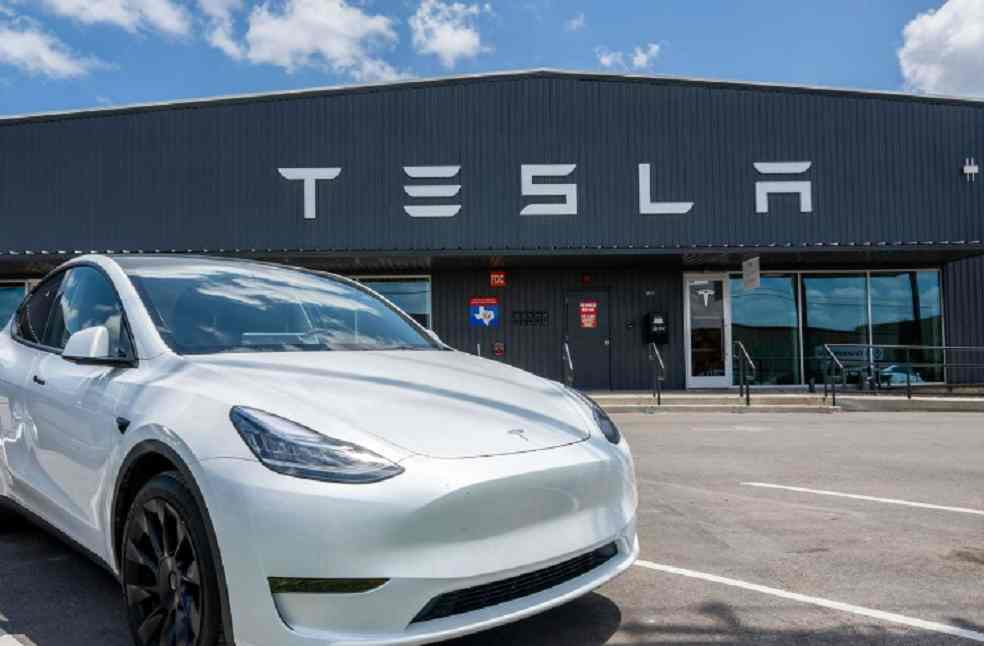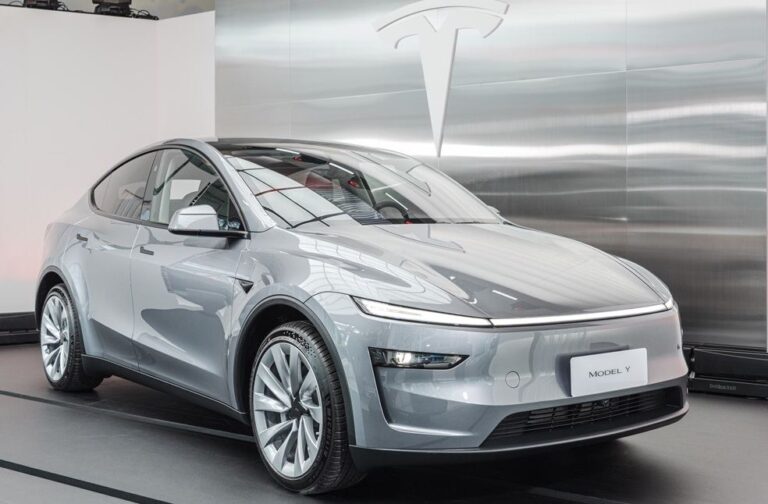Tesla completes its first fully autonomous vehicle delivery of a Model Y from its Texas Factory to a Customer’s Home, Underscoring Progress Toward Musk’s Vision of Fully Unsupervised Driving.
Tesla CEO Elon Musk claimed that the automaker successfully carried out its first fully autonomous vehicle delivery of the Model Y SUV from the Gigafactory in Austin, Texas, to a nearby customer’s apartment on June 27, without any human driver or remote assistance.
Musk initially scheduled the first fully autonomous delivery for June 28, but on Friday, he revealed that the event had been completed a day ahead of plan.
“There were no people in the car at all and no remote operators in control at any point. FULLY autonomous!” he wrote on X.

This marks a modest step forward from Tesla’s recently launched Robotaxi service. The company’s Robotaxi rollout, which requires in-car supervisors at all times, faced several problems in its initial days and ultimately failed to meet expectations. In contrast, a truly driverless journey—navigating highways from the factory to a customer’s doorstep, offers a more compelling demonstration of autonomy, though it may still come with important limitations.
Tesla achieved the breakthrough after months of autonomously maneuvering newly built vehicles from the end of the production line to delivery lots at its U.S. factories. The advancement builds upon its continuous development of the Full Self-Driving (FSD) system, which now showcases Level 4 autonomy, enabling the vehicle to handle all driving functions independently within defined conditions without requiring any human intervention.

By successfully piloting fully autonomous vehicles on highways, Tesla is showing that its FSD system is edging closer to Musk’s vision of truly ‘unsupervised’ driving.
Tesla’s delivery highlights the strength of its custom AI chips and software, engineered for real-time decision-making at highway speeds. The vehicle’s ability to sustain 72 mph over an unspecified stretch reflects its advanced capabilities in obstacle detection and path planning. However, since U.S. regulations still mandate human oversight for autonomous vehicles, this development may prompt a reevaluation of current safety and certification standards.
UPCOMING | Volkswagen ID.4 to Add Physical Controls in 2026 Facelift





